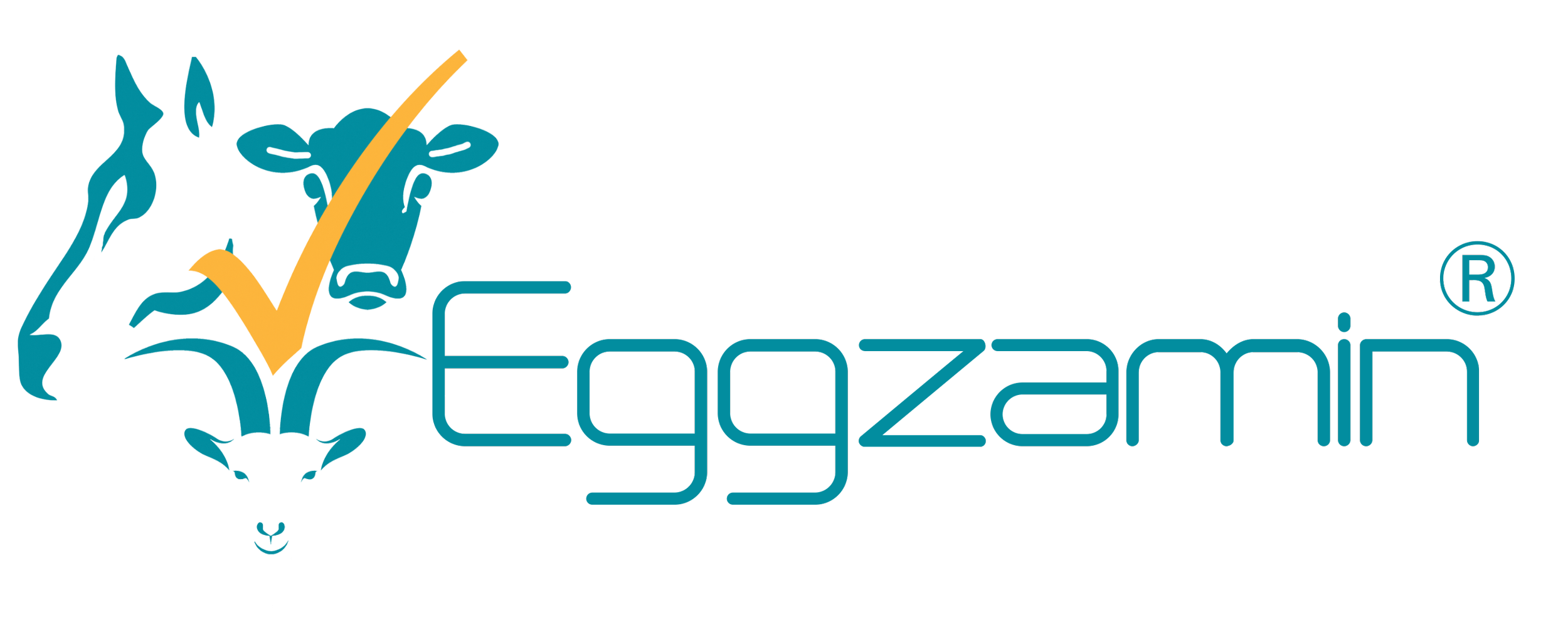Parasite Life Cycles
Small Strongyle Life Cycle
According to Georgis’ 9th Ed. text of Parasitology For Veterinarians, 75% – 100% of eggs passed in the feces of naturally infected horses are produced by small strongyles, Small strongyles greatly outnumber large stongyles both in number of species and individuals.
Eggs shed by female small strongyles hatch and develop into various larval stages depending on climatic conditions. Temperature and moisture play an important role in the rate at which the egg can hatch and develop. Strongyle eggs hatch when environmental temperatures range from 45-85°F. As a general rule, the infective stage of small strongyle larvae die off during hot summers (85 degrees Fahrenheit and above). In cold winters (45 F and below) there are smaller numbers of infective larvae. Cold temperatures don’t kill the larvae, but they do prevent earlier stages of larvae from molting into the stage where they are infective to the horse.
Small strongyles have a first, second, third, and fourth larval stage (often designated L1, L2, L3, and L4). Eggs hatch faster at higher temperatures, however the resulting first stage larvae will die rapidly in the extreme heat. At moderate temperatures, the L1 stage of larvae feed on bacteria and other organic material present in feces, and eventually molt into second and third stage larvae.
The rate at which strongyle eggs hatch and larvae develop from L1 to L3 is directly proportional to the environmental temperature. In warm weather, eggs can hatch and yield infective larvae in as little as three days, however it can take several weeks to become infective during the cooler months.
Third-stage larvae are very different from the first two stages. They are tightly ensheathed in a tough membrane without the ability to feed. They rely on their energy reserves to survive until ingested by a grazing horse. The warmer the temperatures, the faster they metabolize their energy reserves and die. However, in cooler conditions they use hardly any energy and can stick around for months.
Once infective larvae are ingested, they migrate to the cecum or colon where they have two options: Become hypobiotic and encyst themselves in the horse’s mucosa where they will stay inactive for a prolonged period of time -or- develop into mature worms.
Unlike large strongyles, small strongyles do not migrate beyond the mucus membrane of the cecum and colon, so damage is usually less dramatic. However, infection with large number of small strongyles (cyathostomins) can cause larval cyathostominosis which occurs as a result of mass emergence of arrested stages of larvae and has a high fatality rate despite the best standard of care.
Parascaris equorum (Ascarid) Life Cycle
Thick shelled, single celled eggs are passed in feces. The infective egg develops in as little as 10 days and is ingested the by the grazing horse. Upon ingestion, larvae hatch from eggs and migrate through the liver and lungs. The larvae are then coughed up, swallowed and mature to adults in the small intestine. Migration may cause tissue damage and signs of respiratory disease including fever, cough and nasal discharge (also termed verminouos pneumonia). This tissue damage in the lungs may predispose the infected horse to secondary bacterial pneumonia.
Eggs produced by the adult ascarid are passed in the feces and can live for years in stalls, paddocks, and pastures. This increases the potential for spreading ascarid infections between horses or for re-infecting the original host animal.
Infective egg develops in a minimum of 10 days, usually longer
Infective eggs very environmentally resistant
Upon ingestion, L2 hatches from egg, undergoes a hepato-tracheal migration, molts in lung, larvae coughed up, swallowed and completes development in small intestine
PPP: 10-12 weeks
Extremely fecund worms i.e. each female can produce hundreds of thousands of eggs each day
Eggs may be passed by foals as early as 80 days of age
Infective eggs (L2) may survive for years, thus, foals of one season are the source of eggs for foals of subsequent seasons

